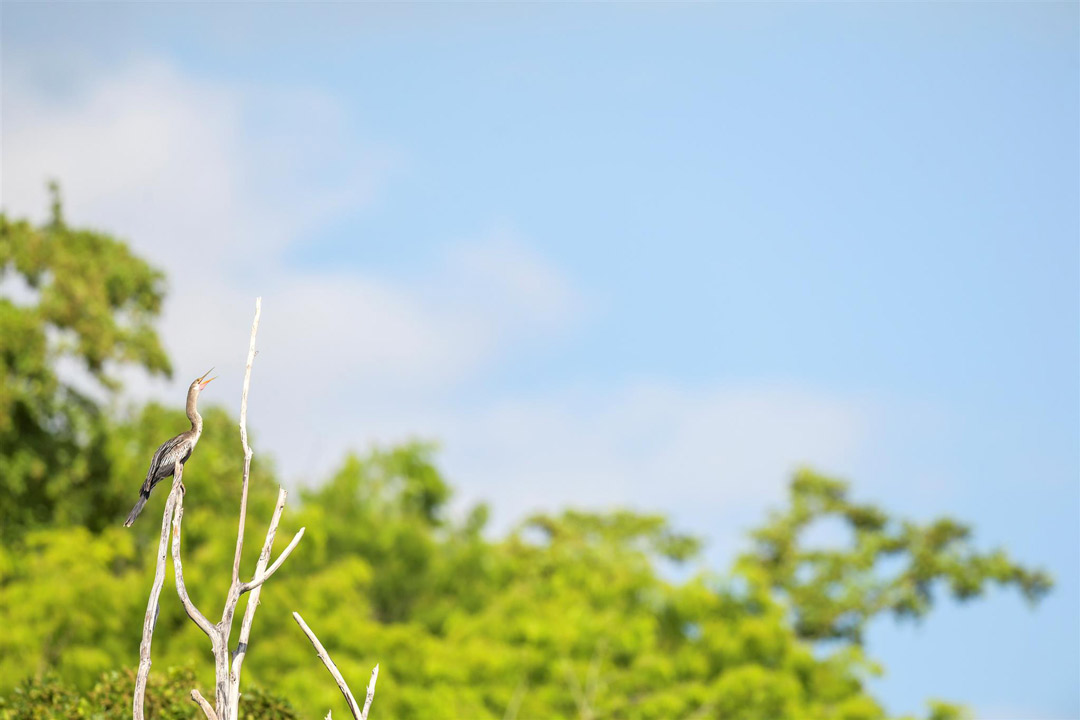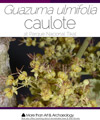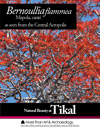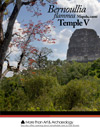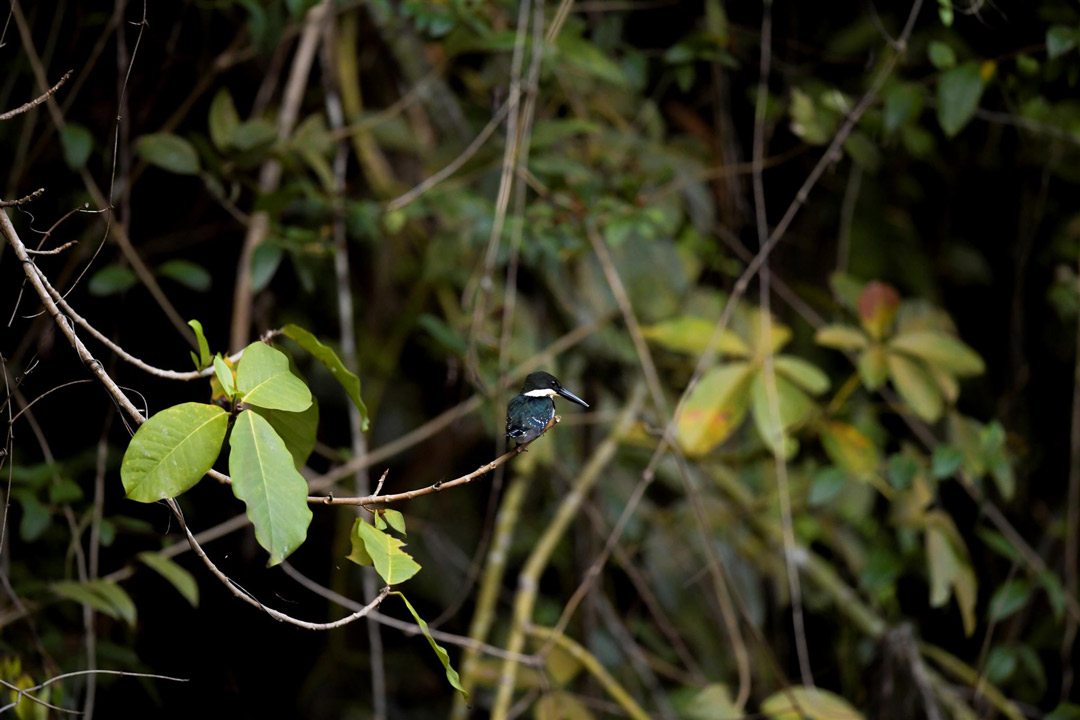You can find waterbirds in lakes, rivers, and swamps throughout Guatemala, from the Highlands of Lake Atitlan to near sea level at Lago Izabal, el Golfete, and Rio Dulce. Lake Yaxha is one of a chain of lakes from Laguna Perdida, Sacpuy and other lakes then through Lake Peten, Lake Macanche; then Lake Yaxha and finally Lake Sacnab at the end of Lake Yaxha.
When I lived on the shores of Lake Yaxha from 1970 through 1974, we spent most of our time mapping the ruins and doing all the networking required to save the fragile and threatened eco-system north of Lake Yaxha and adjacent Lake Sacnab. So our team focused on finishing the map, protecting the ruins from looters, and working towards encouraging FYDEP and other agencies to seriously protect this important ruins and eco-systems by declaring a national park.
I feel proud as a non-citizen to have worked together with Guatemalans to have a national park declared about a week or so before we finished our final field season. In later years other individuals and groups enlarged the area to include the Mayan ruins of Naranjo. We (FLAAR) worked only in Yaxha, the islands, and a crucial updating of the map of the impressive archaeological site of Nakum.
It is important to preserve the local eco-systems so that the water is not polluted. Waterbirds need fish, and fish need water that is not polluted by chemicals from African palm oil plantations. The water of Rio de La Pasion has been polluted in recent years, allegedly by commercial African palm oil plantations.
Lake Amatitlan is polluted by garbage, soap, and everything that a city routinely dumps into adjacent waterways.
Waterbirds of Rio Ixtinto
There is a small river feeding into the southwest end of Lake Yaxha. We went up this river but when it got shallow the boat operator said that the motor blades might break if they hit a tree trunk not visible in the water.
The elevation of the river depends on whether you are in the rainy season or dry season. Mid-April was the dry season.
The water level rises some years and in other years is over a meter or two meters lower. You can see this when tree trunks are under water. Same thing for Lake Peten Itza: sometimes the water floods the island of Flores. Same with Lake Atitlan: so many naïve gringos built their lakeshore palaces next to the shore, only to learn that the lake can rise several meters in several years; these houses are now all abandoned.
Anhinga anhinga at Yaxha, Peten, Rio Ixtinto.
Nikon D5 , 600mm Lens, f/5.0, 1/1000, ISO 640, Rio Ixtinto, Yaxha Peten, by Erick Flores, FLAAR Mesoamérica.
Realize that birds are seasonal; and in different places at different hours
If you are a serious birder you already know that some months there will be lots of birds and some hours almost no birds at all. From 3 to 4 pm at the west and northern shores, plus the river at the far southwest corner, there were only about four species of waterbirds. Of these the only swimming bird was the black cormorant, the most common bird of 90% of the lakes and rivers in most parts of Guatemala.
Our guide said best time to see waterbirds was 5 am in the early morning and then in late afternoon. So there are obviously more than four species here. We have a separate FLAAR publication listing all species.
Be sure to consult with a local guide before doing any bird watching
The local guides know the local birds. We had good luck that Moises Daniel (Teco) had heard that FLAAR team was coming, and even though it was his day off, he kindly was present to guide us around. He knew not only the birds and precisely where to see pertinent species, but he was familiar with plants and flowers of Parque Yaxha Nakum Naranjo as well.
Register yourself and your group before you do any boat trips around Lake Yaxha
Be sure to follow the park rules to register yourself before you rent a boat for Lake Yaxha. If you have your own boat, ask if private boats are allowed (we use only the boats of the park or of Hotel El Sombrero).
Megaceryle torquata Ringed kingfisher Yaxha, Peten, Rio Ixtinto.
Nikon D5 , 600mm Lens, f/4.0, 1/1250, ISO 1600, Rio Ixtinto, Yaxha Peten, by Erick Flores, FLAAR Mesoamérica.
Waterbirds for birdwatchers elsewhere in Guatemala
There are lots of waterbirds in the CECON administered area of Chiquimulilla (Monterrico) and CONAP administered area of Machon (parallel to the Pacific Coast, west of Monterrico).
Bocas del Polochic, Lake Izabal, El Golfete, and Rio Dulce have many waterbirds and wading birds. The Amatique Bay area is a different eco-system and has additional birds associated with fresh water and with the Caribbean Sea.
Lake Atitlan has a photogenic diversity of waterbirds despite being at high elevation above the sea level areas of Izabal and Monterrico.
We have also experienced waterbirds in Lake Petexbatun from the 1970’s onward, while leading tour groups to learn about this area.
First Posted April 2018


